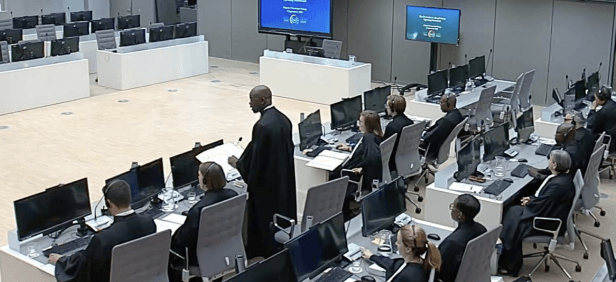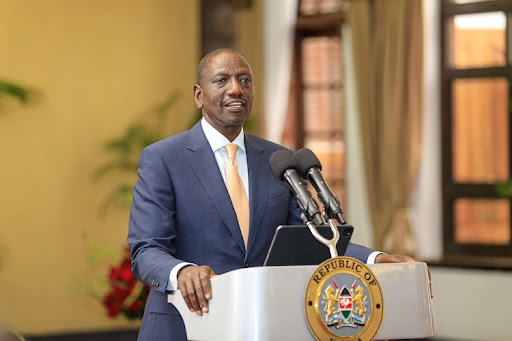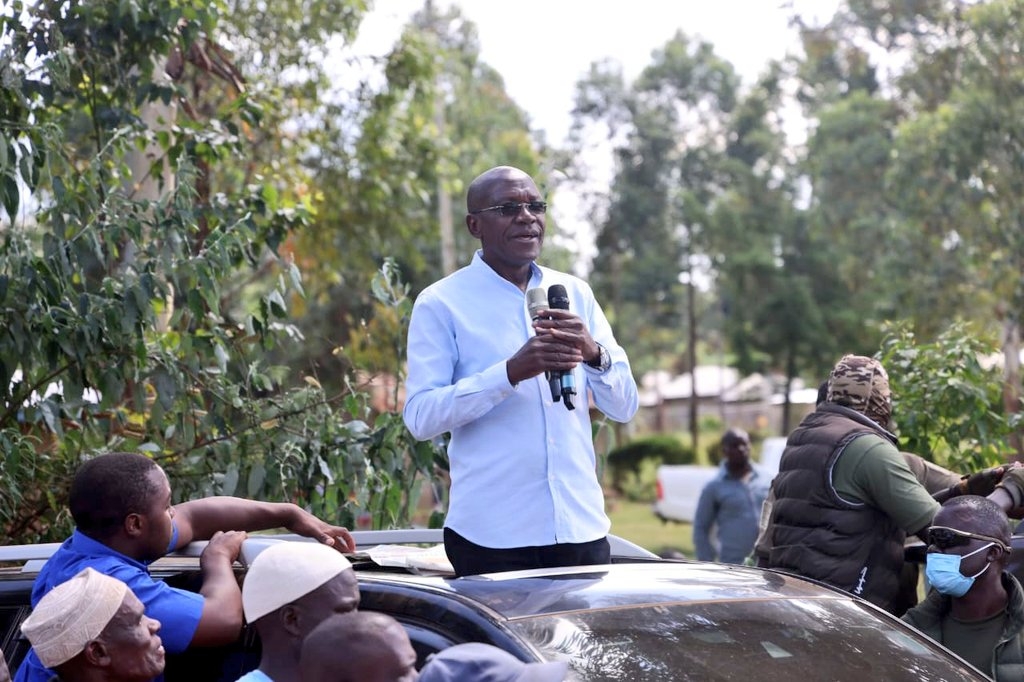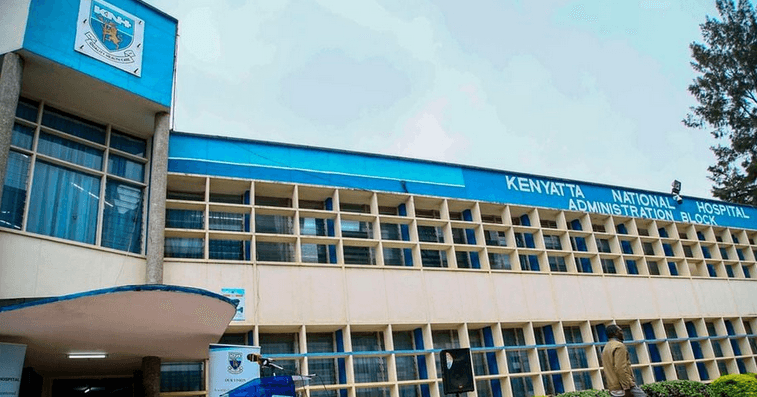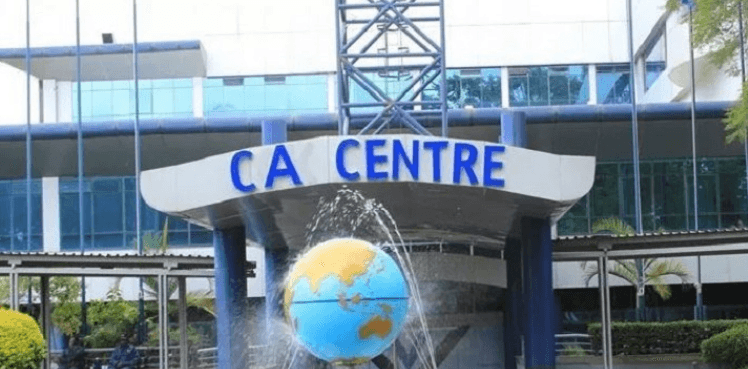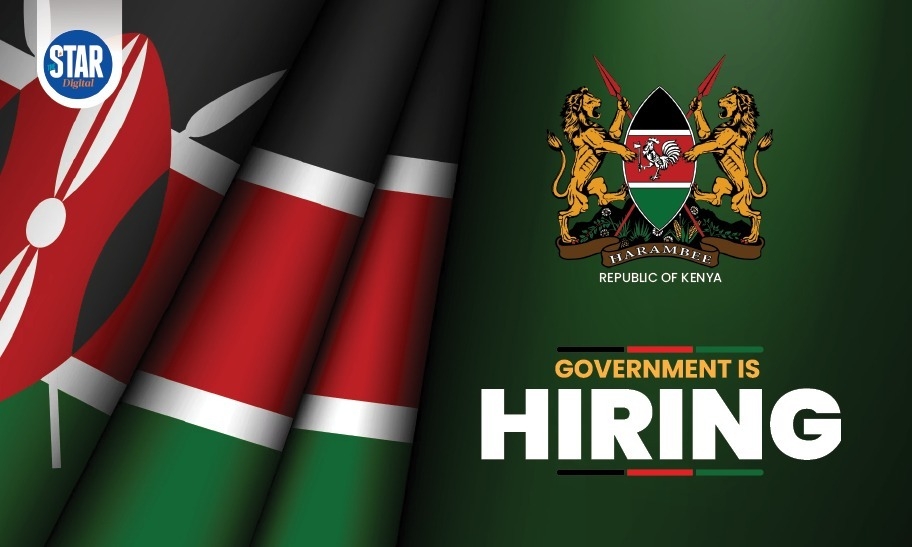With the clock winding down on our stay in China, two fellow guests of the Belt and Road Forum proposed that we venture to a place outside the official itinerary.
“You can’t come to China and not visit Tiananmen Square,” one Sri Lankan told me in the lobby of our hotel around midnight. “It’s like going to America and not seeing the Statue of Liberty.”
And thus, despite another long day of tours and meetings, the three of us assembled at 5.15am, braved the chilly morning weather, took the subway and waded through the language barrier to get past security.
A colourful scenery greeted our entrance. Red and yellow flowers adorned a garden of green hedges on our left. Behind it, a portrait of Chairman Mao Zedong towered over the Gate of Heavenly Peace, which led to the Forbidden City, one of several attractions in the square.
The flag zone was on the opposite side, across an eight-lane highway whose traffic had been stopped for the ceremony. The vantage point near the centre was already swarming with people, so we moved to the periphery of the guard rails to get a front-line view.
At 6.30, about a hundred soldiers, called the Honour Guard, started marching in from a path next to our section. Some in white uniform, others in olive green, all with rifles pointing upwards except the one holding the flag. A hush fell over the crowd as we followed the procession until it reached the flagpole.
For about a minute, the soldiers hoisted the yellow-starred red flag as a band played the national anthem, March of the Volunteers. Solemn duty complete, they turned and marched back to their barracks, just as the sun was creeping over the horizon.
And that was it!
It was amazing to see how such a routine event, which was not reserved for special occasions but happened daily, was such a popular spectacle. Thousands of people from all over China, young and old, some with their families, thronged to see it, many brandishing their own little flags.
ECONOMIC MIRACLE
This was a side of China that doesn’t usually make it into the news. The previous week, in a dinner conversation with one of our hosts during the welcome banquet, he told us that most Chinese were happy with the government after 30 to 40 years of uninterrupted development.
“I grew up in a village in Jiangxi. The roads used to be dirt roads; it rains and you have trouble moving. Now, most roads have cement, you can do business even if it rains,” he said. “Most houses were made of mud. A bit of wood but mostly mud. Now, 90 per cent are made of bricks and cement.”
Transport had also come a long way. “In the past, most people were using bicycles. Now most families have a car, several cars even,” he said.
The government was not the only driving force. Another diner, Larry, who was coordinating our stay, said, “Also the mentality of the Chinese. They were horrified by the poverty. My father in the 1950s, he did not have anything to eat!”
This ‘never again’ mindset stretched back to the ‘Century of Humiliation’, 1839 to 1949, when China was colonised and manipulated by foreign countries. Once an imperial giant itself, its power and success symbolised by a dragon, China ran out of luck in this era, which was characterised by death, disease and destruction, as well as widespread opium addiction.
The 1950s to 1970s were not much better. Emerging from the ruins of World War II, China toiled through an inefficient planned economy. The government controlled nearly all commerce and industry, and goods were shared equally regardless of individual contribution.
The 1980s were a turning point. China adopted a market system and went from trade protection to globalisation, more so after it joined the World Trade Organisation in 2001. Investors poured in with capital, technology and management skills, tapping the cheap labour available from a vast population (currently 1.4 billion) to turn China into ‘the world’s factory’.
China grew at an annual average of 10 per cent for 30 consecutive years, a ‘miracle’ to economists. The government pumped a lot of money into public infrastructure, changing the face of the country. It ended up with such a dizzying array of lanes, you wondered how motorists navigated them. Such fast railways, you almost didn’t need a plane. Such tall buildings, you doubted if the sky is the limit.
Today, China is the second-largest economy in the world. But what it prides itself in most is lifting 770 million people out of poverty in 40 years. This was a key component of the ‘Chinese Dream’, under which China sought to become a ‘moderately prosperous society’ by 2021.
It is still a developing country, with a per capita income of about $12,800 (Sh1.9 million), six times less than the largest economy, the United States. And recent problems with its property market and youth unemployment have shown it is human. But it has the largest middle class in the world and is still the geopolitical rival that America fears the most.
LONGING FOR UNDERSTANDING
China is now sharing its modernisation journey with the world through one of the largest infrastructure projects in history, the Belt and Road Initiative, a sprawling web of land and sea trade routes reshaping how the globe is connected. President Xi Jinping proposed the BRI in 2013, and it has since been adopted by more than three-quarters of the countries in the world, about 150 out of 195.
The narrative that is emerging, however, is of a debt entrapper, rights abuser and leading polluter. Much of the criticism, in China’s eyes, is from Western countries that previously dominated lending, that have already developed and whose media has greater discursive power. Xi Jinping once scoffed, “Some foreigners with full bellies and nothing better to do engage in finger-pointing at us.”
The politics of managing such a massive project has seen Italy and Philippines threaten to decamp from the BRI, and kept neighbouring India out. But if imitation is the sincerest form of flattery, then it says a lot that the G7 is playing catch-up with the Partnership for Global Infrastructure and Investment, launched in 2022.
To enhance international cooperation, China began inviting trade, corporate and opinion leaders to the Belt and Road Forum in 2017, largely from kindred countries in the global south. This year marked the third edition. It drew more than 10,000 international delegates to Beijing in October.
Nearly 70 heads of media organisations and young journalists from Belt and Road countries were invited for one of the ‘people-to-people exchanges’ in the event. I represented the Kenya Editors’ Guild.
“The purpose of this forum is to impart our friendship through face-to-face meetings and to deepen understanding,” said He Ping, president of the All-China Journalists’ Association, which had co-organised the event with the Communication University of China under the umbrella of the Belt and Road Journalists’ Network.
We were gathered for the launch at the Beijing Friendship Hotel, which had an artificial waterfall at the front. I was in a sub-group of 25 journalists from 11 countries, who bussed to the venue from another hotel.
Unlike this red-and-green one, ours had a cream façade with a revolving door, and a robot that would take deliveries to guests’ rooms from the reception. One Namibian took advantage to have her dinner brought up to the third floor once. “I want the full Chinese 4IR experience,” she said, referring to the fourth industrial revolution.
SHARED FUTURE
China was coming out of three years of ‘zero Covid’ lockdowns, much longer than the rest of the world, which had slowed down its economy. The Belt and Road Forum was thus one of the ways it was sending a message to the world that it was open for business again. I found few people still wearing a mask, and though I had carried mine out of habit, I only wore them due to rampant puffing, there were no smoking zones like in Nairobi.
Despite the West’s attempts to isolate Russia over the war in Ukraine, it was a welcome guest here. The only awkward moment was when their media head was ambushed by his Polish counterpart to take part in the symbolic ringing of a ‘bell for peace’. Less dramatic venting of geopolitical tensions was done through speeches agonising over the Israel-Hamas conflict in Gaza.
Russian President Vladimir Putin was the guest of honour in the main event. While 11 European leaders attended the previous meeting in 2019, this time, only Putin’s allies Viktor Orban (Hungary) and Aleksandra Vucic (Serbia) turned up.
In the run-up to the forum, Putin granted an exclusive interview to CGTN, his first since the war in Ukraine started. “The Belt and Road Initiative represents the practical implementation of Xi Jinping’s theoretical concept of building a global community of a shared future,” he told Wang Guan, one of China’s top journalists, whom we met during workshops in the second week.
Putin added that he was sold on the idea of the BRI because of its emphasis on mutual benefits rather than the “imposing of a will on others”.
That veiled criticism of the West was also alluded to by China’s Foreign Ministry spokesperson Mao Ning earlier in the year, when she told a press conference that Chinese loans do not come with strings attached.
“China acts in accordance with market laws and international rules,” she said, “respects the will of relevant countries, has never forced any party to borrow money, has never forced any country to pay, will not attach any political conditions to loan agreements, and does not seek any political self-interest.”
China has never forced any party to borrow money, has never forced any country to pay, will not attach any political conditions to loan agreements, and does not seek any political self-interest
STANDARD GAUGE RAILWAY
China and Kenya have had 60 years of bilateral ties, during which China has become Kenya’s largest trading partner, the main builder of roads and a leading source of opportunities in education and training.
The face of the BRI in Kenya is the Standard Gauge Railway, which reduced the journey time for passenger trains from Mombasa to Nairobi from more than 10 hours to about five and a half. Since its inception in 2017, it has transported 10 million passengers and 26 million tonnes of cargo, generating Sh91 billion in revenue and directly or indirectly employing more than 40,000 Kenyans.
However, there is angst over the secrecy of the SGR deal, which allowed since-discredited rumours to swirl, alleging the use of the Port of Mombasa as collateral. And though business is booming, it is still surpassed by operating costs, making it hard to repay the loan from China. Ahead of the Belt and Road Forum, Deputy President Rigathi Gachagua had let it be known that President William Ruto would be seeking a review of the loan terms.
There were no reports of a breakthrough afterwards. However, China has shown flexibility by negotiating debt restructurings with other countries, including Ghana, Sri Lanka and Zambia.
It is also turning into more of a debt manager, according to a report by the World Bank and other Western researchers, which found China had bailed out 22 developing countries in debt distress.
Sometimes, it gets the flak for debt mismanagement by recipient countries, as a lot of borrowed money is lost to corruption and recurring expenses instead of being used for development, as noted in a debt conference in Nairobi in 2021.
And while China is Kenya’s leading bilateral lender, it gets a larger-than-life depiction in the media. A cartoon in a local daily, for example, showed Ruto heading to China with a bottomless begging bowl, where loans went right through to a second bowl held by the lender.
The impression one gets is that debt is what defines Kenya’s relationship with China. Asked what he feels about this, Ruto termed it a “myth”.
“The reality is that China is not our largest debt holder,” he told Wang Guan on the sidelines of the Belt and Road Forum. “We have huge relationships with the World Bank, with the IMF, with the European Union, with the US, with many other destinations.”
According to the National Treasury, China accounts for only 17 per cent of Kenya’s total external debt as of March 2023. Skewed coverage is one of the pet peeves of China. More transparency would help, no doubt, but so does perspective.
I had only seen negative stories about Tiananmen Square, for instance, but then when I went there, I found something beautiful!
Tom Jalio is the features editor of the Star and a member of the Kenya Editors’ Guild


